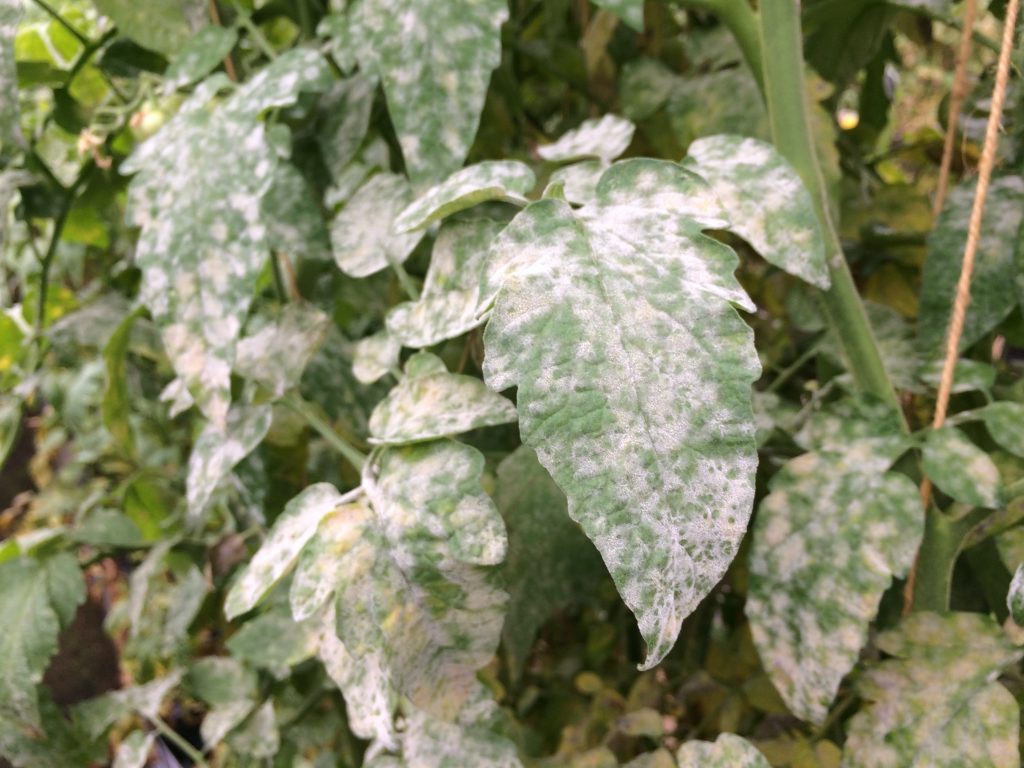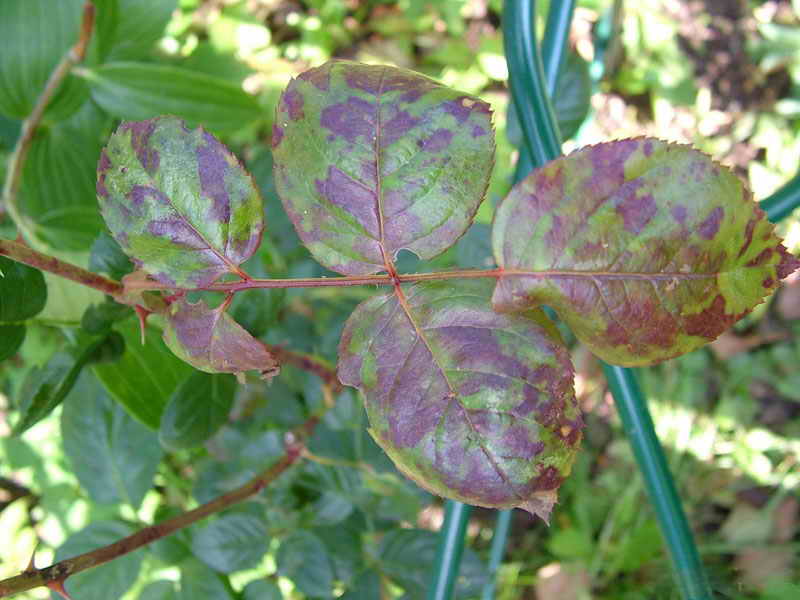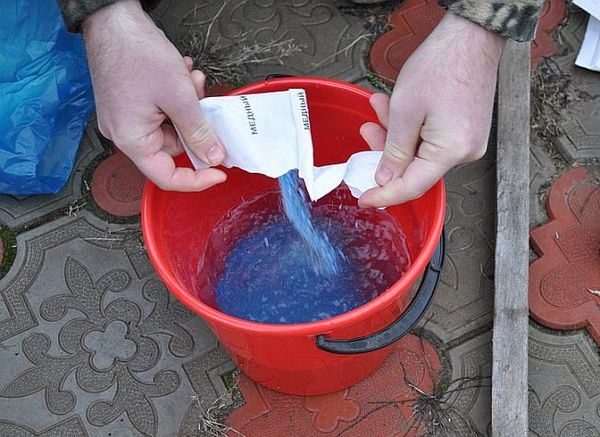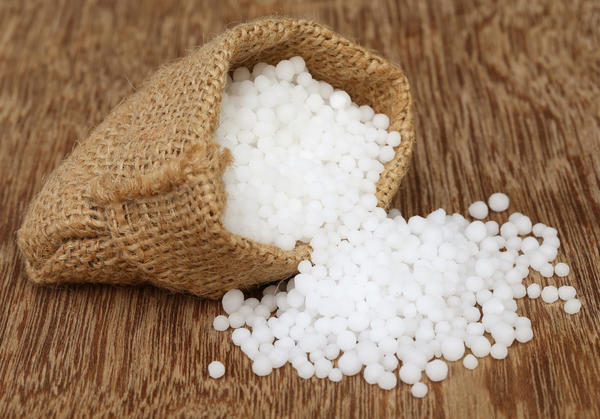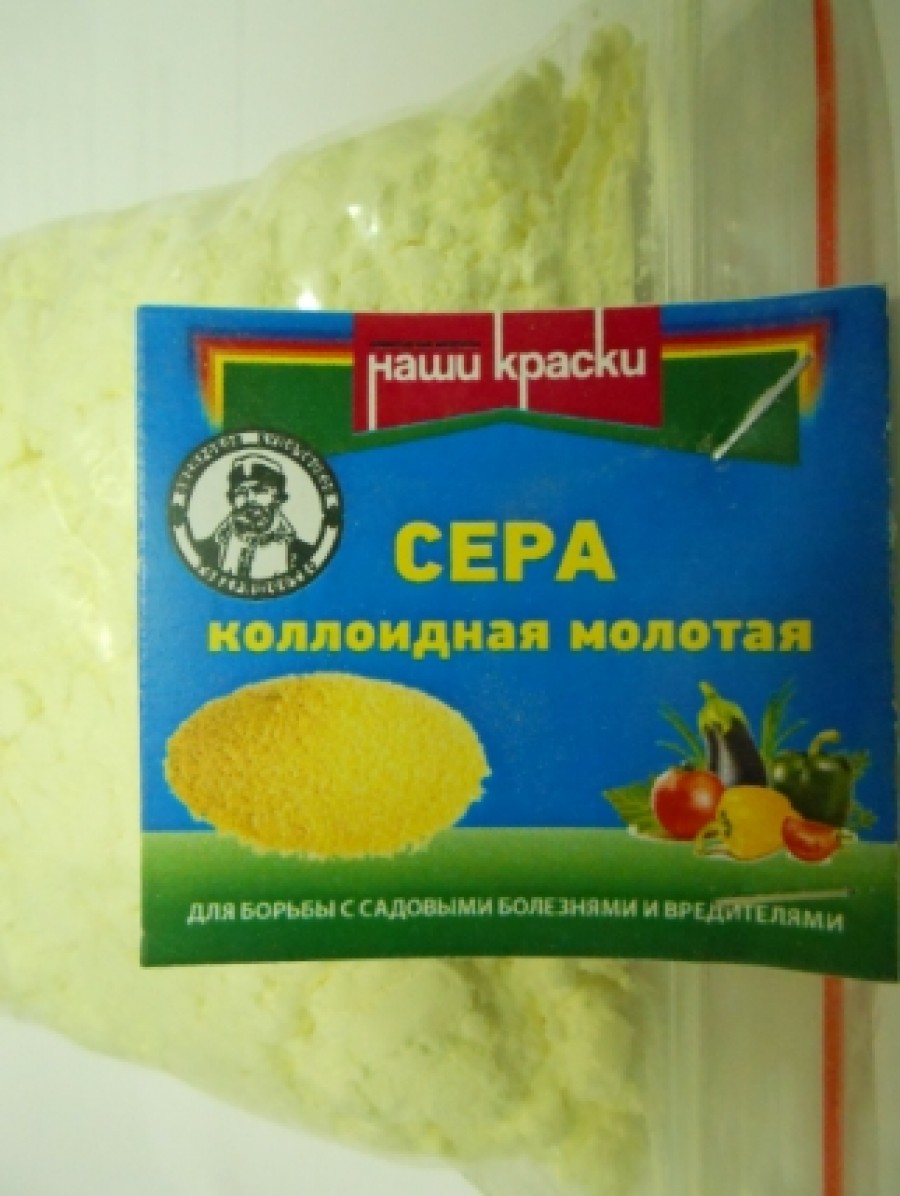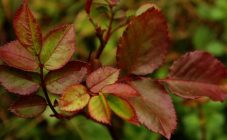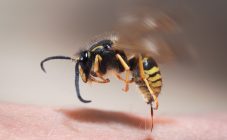Content:
Rose is one of the most beautiful flowers. Its fragrant buds against the background of green foliage look just great and serve as a garden decoration. This flower does not require complex care, but its absence is also not acceptable. It is necessary to organize the correct maintenance and preventive measures, as well as the fight against pests and diseases, if such a misfortune happens.
Care features
Roses need to be watered abundantly, at least a bucket per bush. A couple of days after irrigation, the trunk circle must be loosened up for better aeration of the roots. In the fall, watering should be reduced in order to avoid the defeat of fungal diseases, but it cannot be completely ruled out. In winter, the bushes should leave with strong, healthy roots.
In order for the queen of flowers to bloom generously, it is necessary to feed her with fertilizers in time.
The bushes should be pruned throughout the season. And to maintain a neat appearance and to maintain healthy roots. During pruning, all diseased, dried and old shoots are removed.
Indoor roses: care
After buying the rose, it is better to immediately transplant it into another pot of a larger size. It must be watered carefully when the ground dries up from above. Water the foliage a couple of times a week. Indoor flowers also need timely feeding.
But sometimes something goes wrong and the leaves change color. This is the first signal that the queen of flowers was visited by unwanted guests - pests or some kind of disease. This is why the rose has whitish leaves or other colors.
Causes of the appearance of white bloom
Often, rose leaves turn white due to parasite damage or disease:
- powdery mildew;
- gray rot.
Powdery mildew can be real and false, real appears with improper care:
- excess nitrogen fertilizers;
- thickening of the crown;
- heat.
Her symptoms are as follows:
- white bloom spreads throughout the plant;
- later, the leaves begin to curl;
- plaque also appears from the inside of the sheet;
- leaves turn red or brown;
- the leaves are deformed.
Gray rot appears due to the attack of a fungus, which develops well:
- on cool, damp days;
- with thickened plantings;
- due to the high nitrogen content.
With gray rot, the symptoms are similar, only the leaves begin to rot and fall off.
The leaves of the rose turned white: what to do
With powdery mildew, remove all affected leaves and shoots and burn them. And the bush is sprayed:
- infusion of horsetail or nettle;
- sulfur solution;
- copper-soap solution.
In case of a disease with gray rot, the plant is treated:
- tincture of horsetail;
- Fundazole solution;
- bordeaux liquid.
Rose leaves can also turn pale in the presence of pests, such as:
- aphid;
- leafhopper;
- spider mite.
In this case, the bushes must be treated with insecticides.
Lack of trace elements in roses
With a lack of micro and macro elements, it is necessary to establish the reason for what the roses lack, and help the plant to cope with it.
Nitrogen
What if the rose has pale green leaves? These are symptoms of nitrogen deficiency. Ammonium nitrate needs to be added.
Phosphorus
The leaves become smaller, with a bluish tint, from the inside, the leaf becomes purple. Top dressing with a superphosphate solution or complex fertilizer will help.
Potassium
Leaves grow reddish, older leaves turn yellow and veins remain green. The lack of potassium in roses can be replenished with a potassium sulfate solution or complex fertilizer.
Magnesium
The veins on the leaf remain green, and the space between them turns yellow and dies off. The lack of this mineral will be compensated by feeding with magnesium sulfate, and ash treatment also helps.
Iron
With chlorosis, young leaves are affected, which turn yellow, and the veins remain green, then they turn white and fall off. In case of chlorosis in a rose, treatment should be carried out with preparations containing iron or Kemira Universal 2 complex fertilizer.
Sulfur
Light green leaves of a rose become with a sulfur deficiency. Application of organic fertilizers with a high sulfur content is required.
Manganese
The symptoms are similar to those of chlorosis, except that older leaves are affected. It is necessary to increase the acidity of the soil. Mulch with needles, carry out foliar dressing with manganese sulfate solution.
In order not to have to treat an already sick rose, it is necessary to make timely prevention, and then the leaves of light green, white or yellow color will never appear, the roses will remain bright and beautiful and will delight their owner for a long time.
